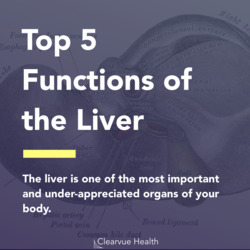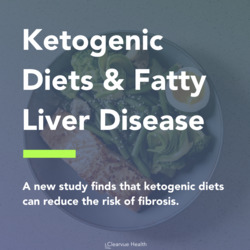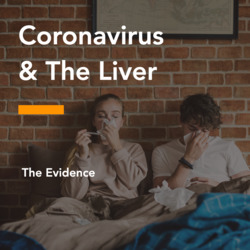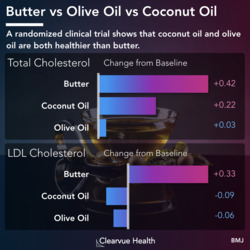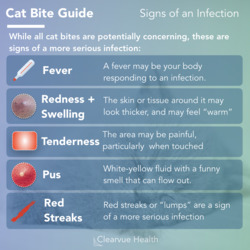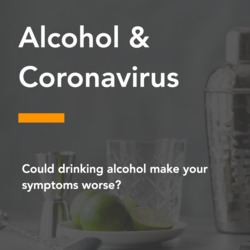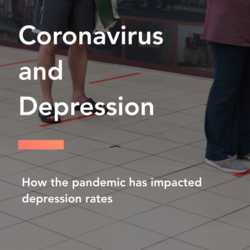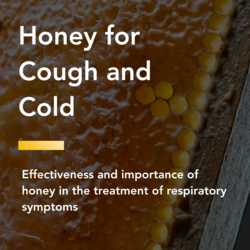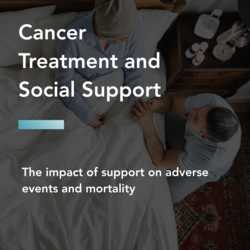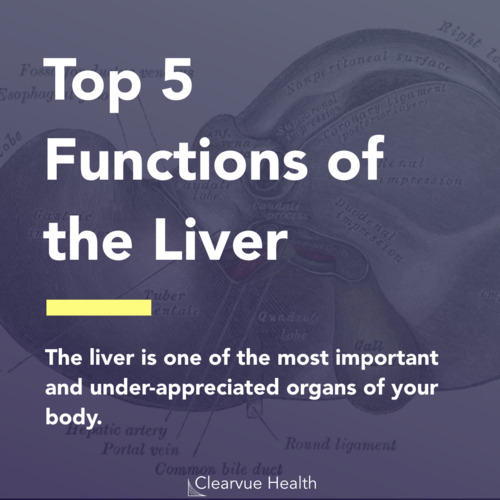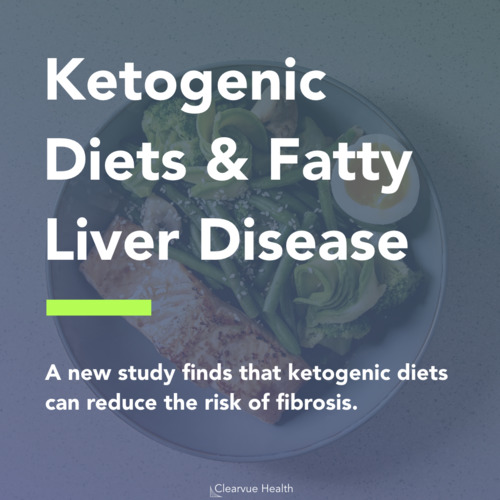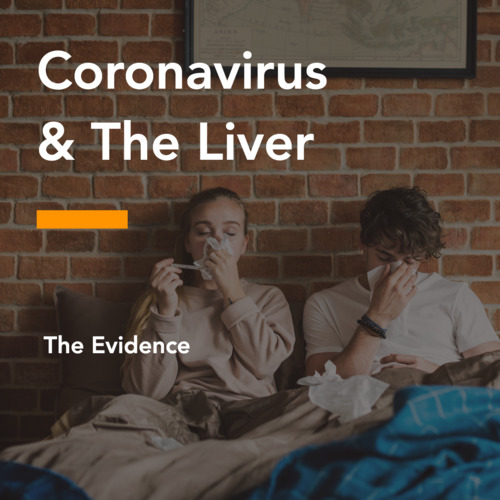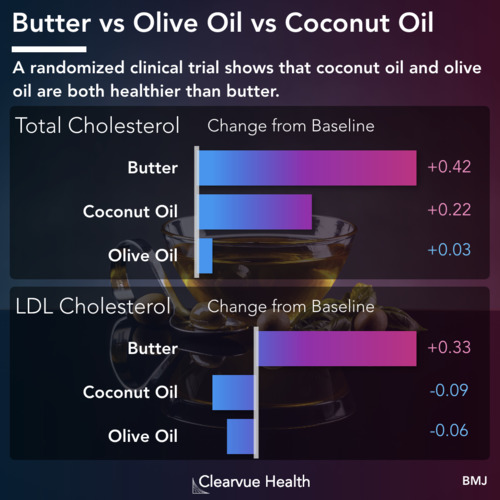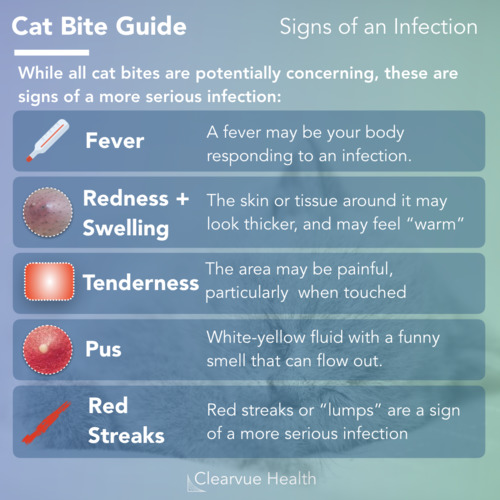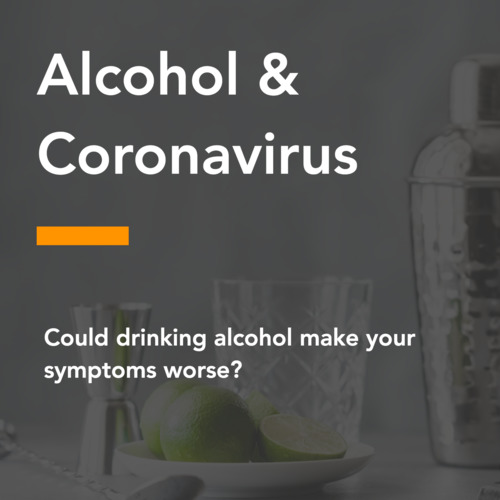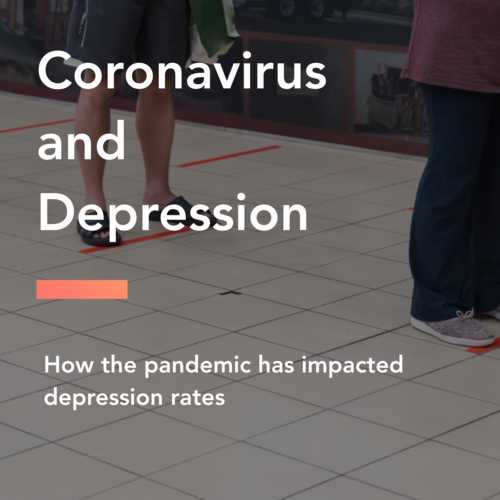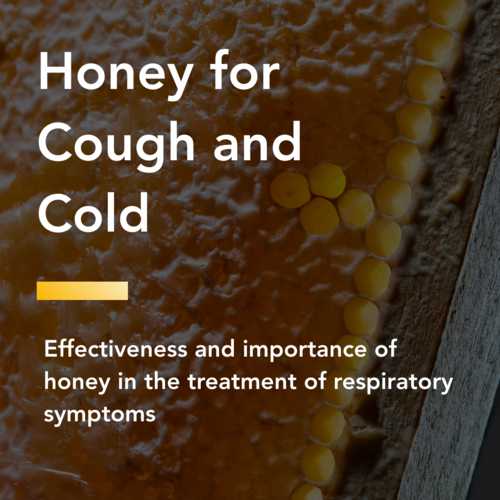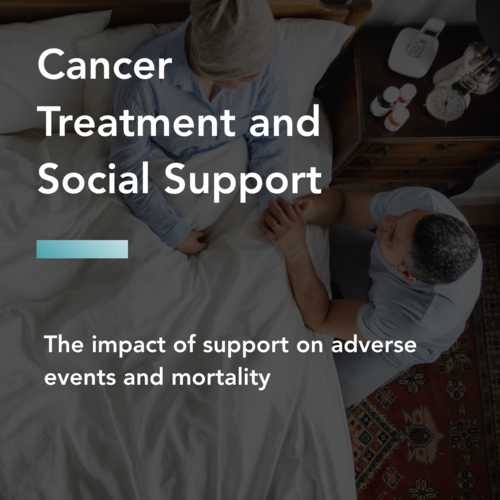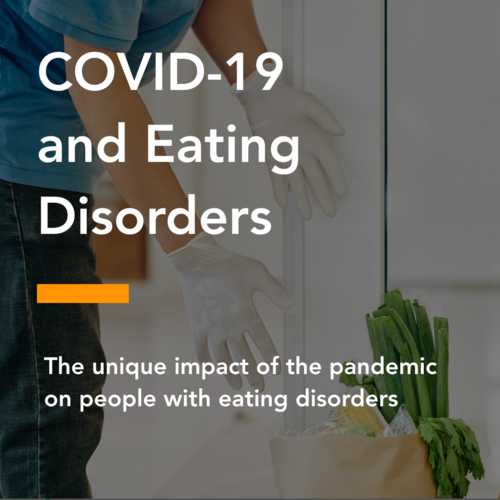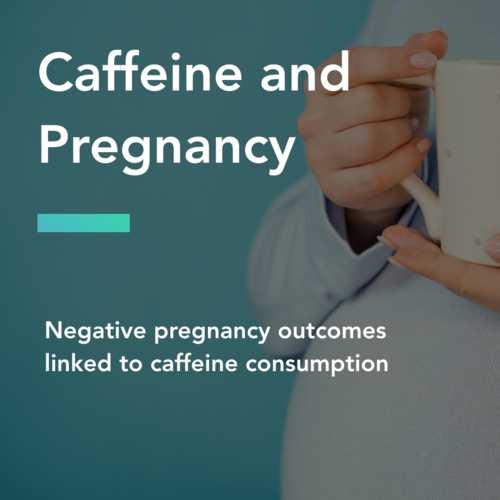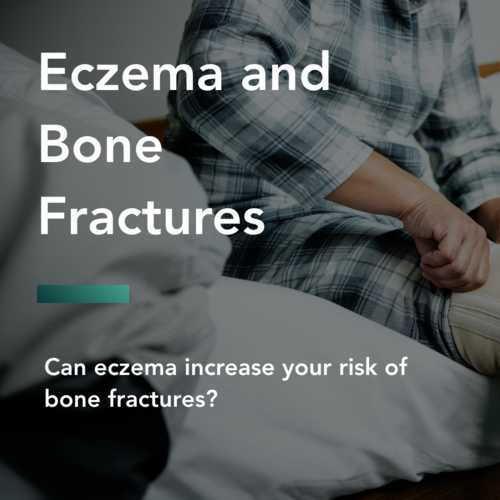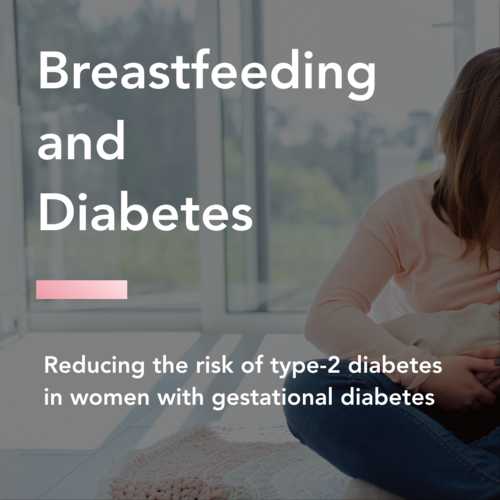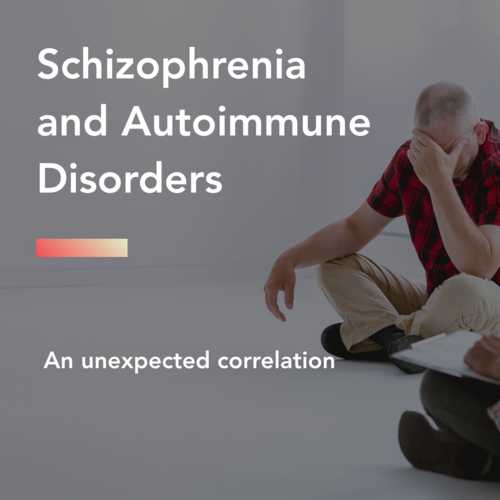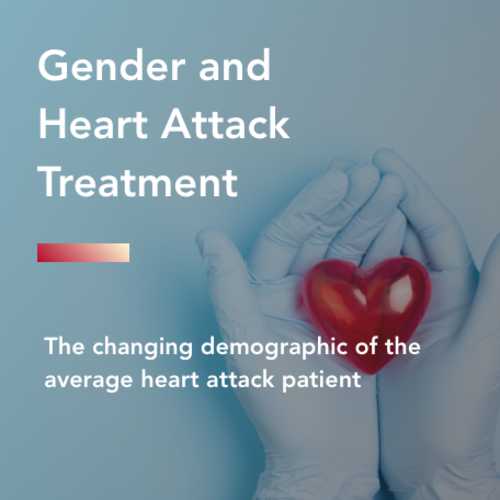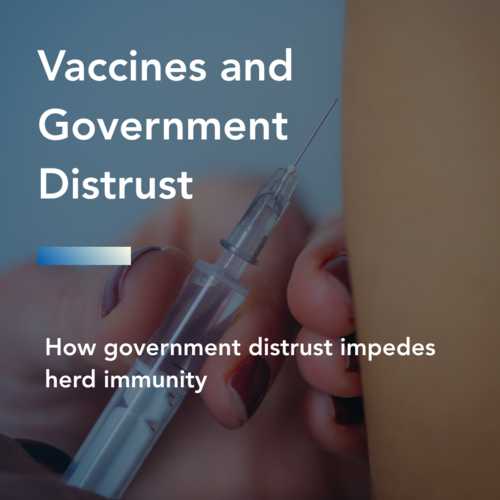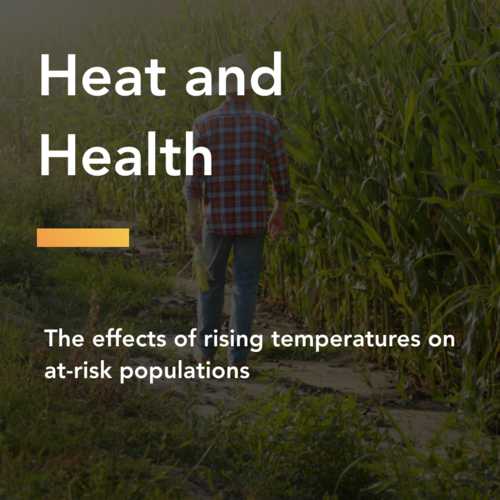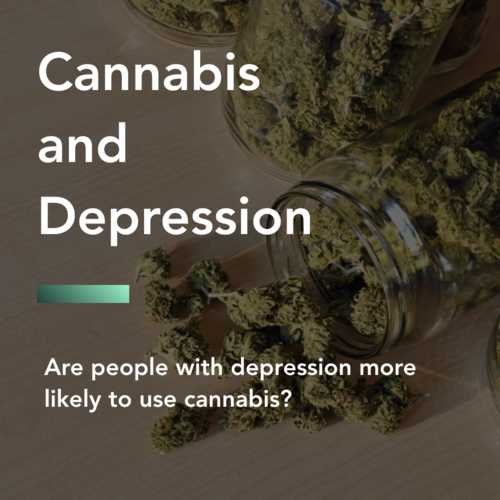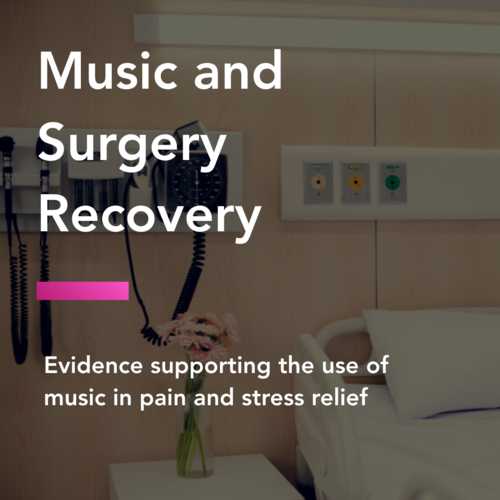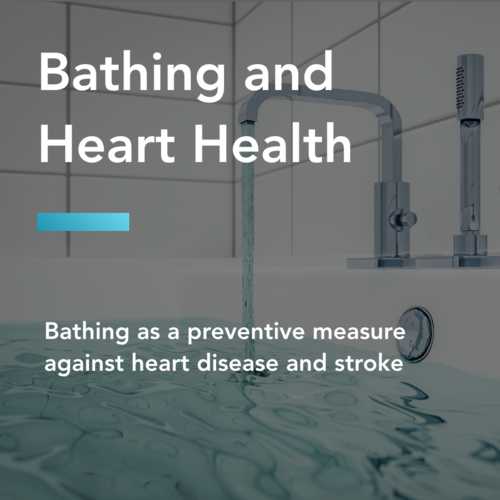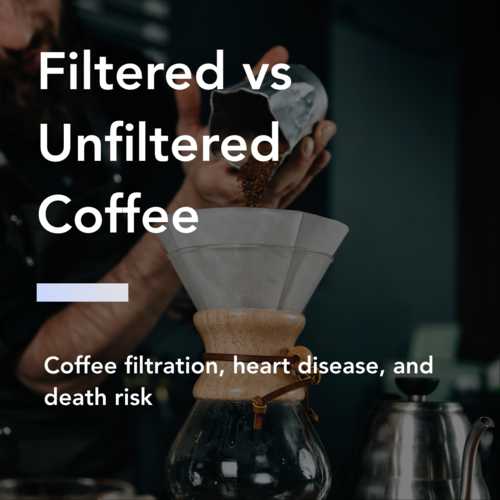Aspirin Slows Progression to Fibrosis in NAFLD

Figure 1: Aspirin Slows Progression to Fibrosis in NAFLD. Patients who took aspirin had a lower risk of developing advanced fibrosis compared to patients who did not in this prospective cohort study of NAFLD patients. The red line represents the cumulative rate of developing advanced fibrosis for patients who did not take aspirin. The blue line represents this for patients who did take aspirin.
When it comes to fatty liver disease, it is not the fat itself that concerns doctors the most. Rather, it is the risk of progression to fibrosis and potentially cancer. The presence of fat in the liver leads to liver injury and scar tissue. Over time, the scar tissue gets in the way of liver function, a condition that we call fibrosis.
In a prospective cohort study of 361 adults, researchers found that volunteers who had been taking aspirin had a much lower risk of progressing to fibrosis as shown in the chart above.
Patients also had a lower risk of progressing from NAFLD to NASH.
Fibrosis is a feature of advanced NAFLD and NASH. It is a key sign of disease progression and correlates strongly with mortality.
Source: Daily Aspirin Use Associated With Reduced Risk For Fibrosis Progression In Patients With Nonalcoholic Fatty Liver Disease.
There have been a lot of questions on the safety of aspirin. Recent studies have shown that aspirin may not save lives when taken for prevention, and may actually lead to a higher mortality rate from cancer deaths. However, these increases tend to be small. If someone is taking aspirin to prevent heart disease based on a television commercial, then this added mortality risk is a good reason to stop taking it. However, if your doctor prescribes you aspirin for a specific condition, you should continue taking it.
Correlation does not imply causation
Of note, this study only looked at correlations, which do not imply causation. While causal relationships are correlated, correlated events are not necessarily causal. One common example is the link between churches and crime. The number of churches in a square mile is significantly correlated with crime. However, this is not evidence that churches cause crime. Rather, it reflects that fact areas with many churches have higher populations.
NASH
Non-Alcoholic Steatohepatitis
NASH is a condition caused by the presence of fat in the liver. It is a subset of non-alcoholic fatty liver disease. Over time, the fat in the liver can lead to liver inflammation, the end stage of which we call NASH.
NAFLD Fibrosis Risk by Daily Dose

Figure 2: NAFLD Fibrosis Risk by Daily Dose. Individuals who took more aspirin each day had a greater reduction in their fibrosis risk. Those who took 0-2 doses per day did not have a significant decrease in their aspirin risk. Those who took 2-4 doses per day had a 36% reduction in fibrosis risk. Those who took 4+ pills per day had a 50% reduction in fibrosis risk.
Additionally, higher doses of aspirin were associated with lower risks of fibrosis. While this is not a clinical trial, this research does provide evidence that taking higher doses of aspirin may be beneficial in reducing the risk of fibrosis.
Source: Daily Aspirin Use Associated With Reduced Risk For Fibrosis Progression In Patients With Nonalcoholic Fatty Liver Disease.
Why Fibrosis Matters
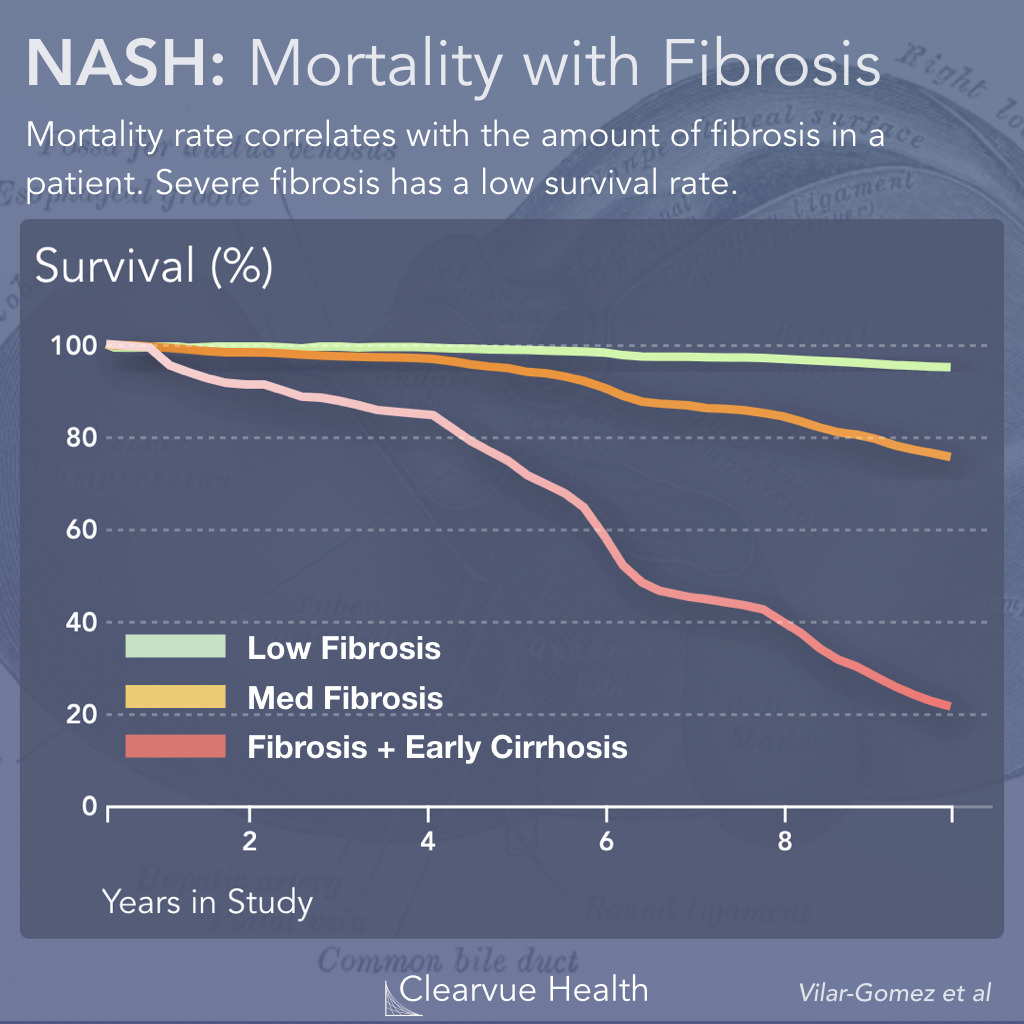
As shown in the figure above, fibrosis is one of the best predictors of survival in NASH. Those with more fibrosis have significantly worse survival compared to those with low fibrosis.
Keys to Health
This research on aspirin and fatty liver disease, while it is in the very early stages, shows encouraging results. If we can actually delay fatty liver disease progression with just aspirin, this could potentially save a lot of lives and prevent a lot of cases of cancer at a very low cost. Aspirin is a drug that is available to nearly everybody. While it does carry some risks for some patients, it is one of the safest medications available.
However, they will need to be more studies, in particular a clinical trial, before we know for sure whether this link is legitimate.
+
Endpoints - Researchers used fibrosis as an endpoint, which is appropriate for looking at progression. It would be better to study mortality, but this would be challenging to study within these time frames.
+
Study Size - The study size was large enough to find significant effects and differences between groups.
-
Study Type - Researchers used a prospective cohort study. Prospective cohort studies are good for studying potential links when clinical trials are not feasible. However, they do not confirm causation. We cannot say whether aspirin is reducing risk or whether it is just correlated with lower risk.
NEJM Journal Watch
One of the key predictors of increased liver-related morbidity and mortality in patients with nonalcoholic fatty liver disease (NAFLD) is the development and progression of liver fibrosis. Recent studies have shown that aspirin may have antifibrotic effects in NAFLD.
National Institutes of Health
NAFLD is more common in people who have certain conditions, including obesity and conditions that may be related to obesity, such as type 2 diabetes. Researchers have found NAFLD in 40 to 80 percent of people who have type 2 diabetes and in 30 to 90 percent of people who are obese. In research that tested for NAFLD in people who were severely obese and undergoing bariatric surgery, more than 90 percent of the people studied had NAFLD.
MedlinePlus
Cirrhosis has many causes. In the United States, the most common causes are chronic alcoholism and hepatitis. Nothing will make the scar tissue disappear, but treating the cause can keep it from getting worse. If too much scar tissue forms, you may need to consider a liver transplant.
Clearvue Health is not affiliated with above organizations. The information above is provided to highlight and link to useful further reading.
Why NAFLD (Non-Alcoholic Fatty Liver Disease) Matters

Figure 3: Why NAFLD (Non-Alcoholic Fatty Liver Disease) Matters. NAFLD is one of the most common medical conditions in North America and the world. 24% of North Americans are estimated to have fatty liver disease. South America has one of the highest prevalences of NAFLD at 31%. Africa has one of the lowest prevalences at 14%.
NAFLD Is one of the most common diseases in the United States and the world. Yet most people have not heard about it and most patients with the disease do not know that they have it.
Estimates have shown that about 24% of Americans have NAFLD. By definition, these cases are not caused by alcohol. Many of these patients are not obese.
While there are geographic and racial differences in the prevalence of NAFLD, research has shown that a significant proportion of people around the world face this disease.
Source: Global burden of NAFLD and NASH: trends, predictions, risk factors and prevention.







